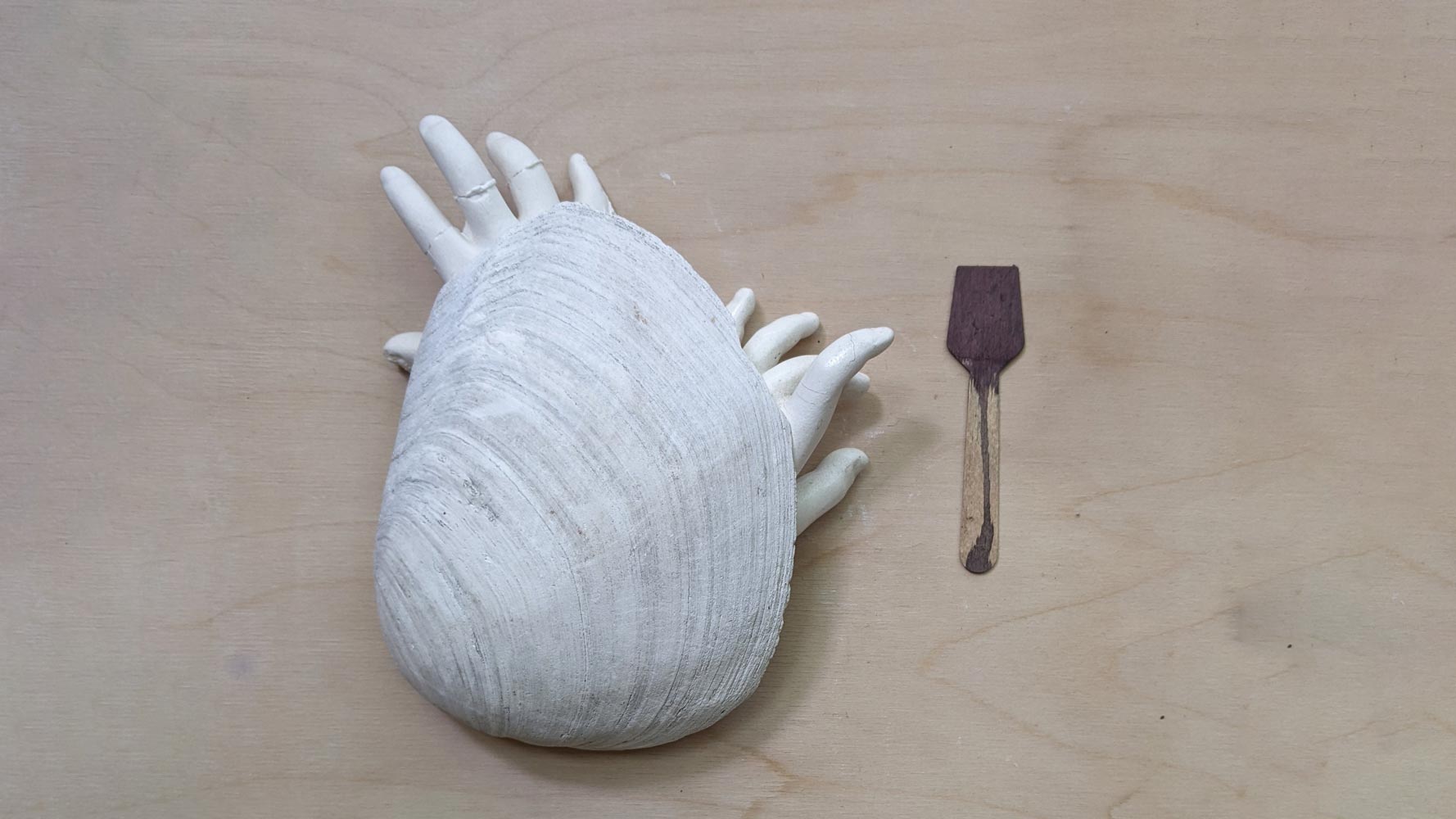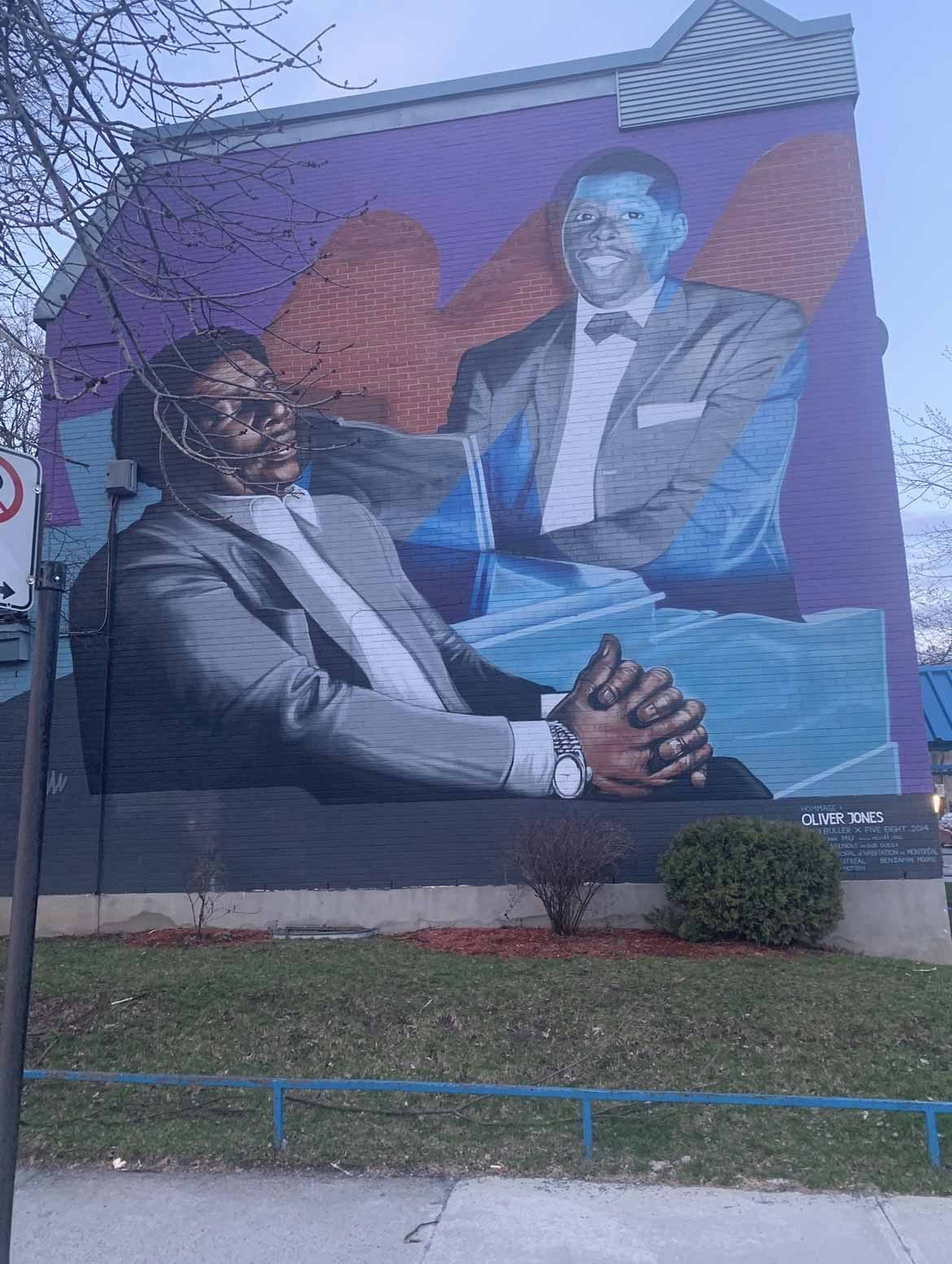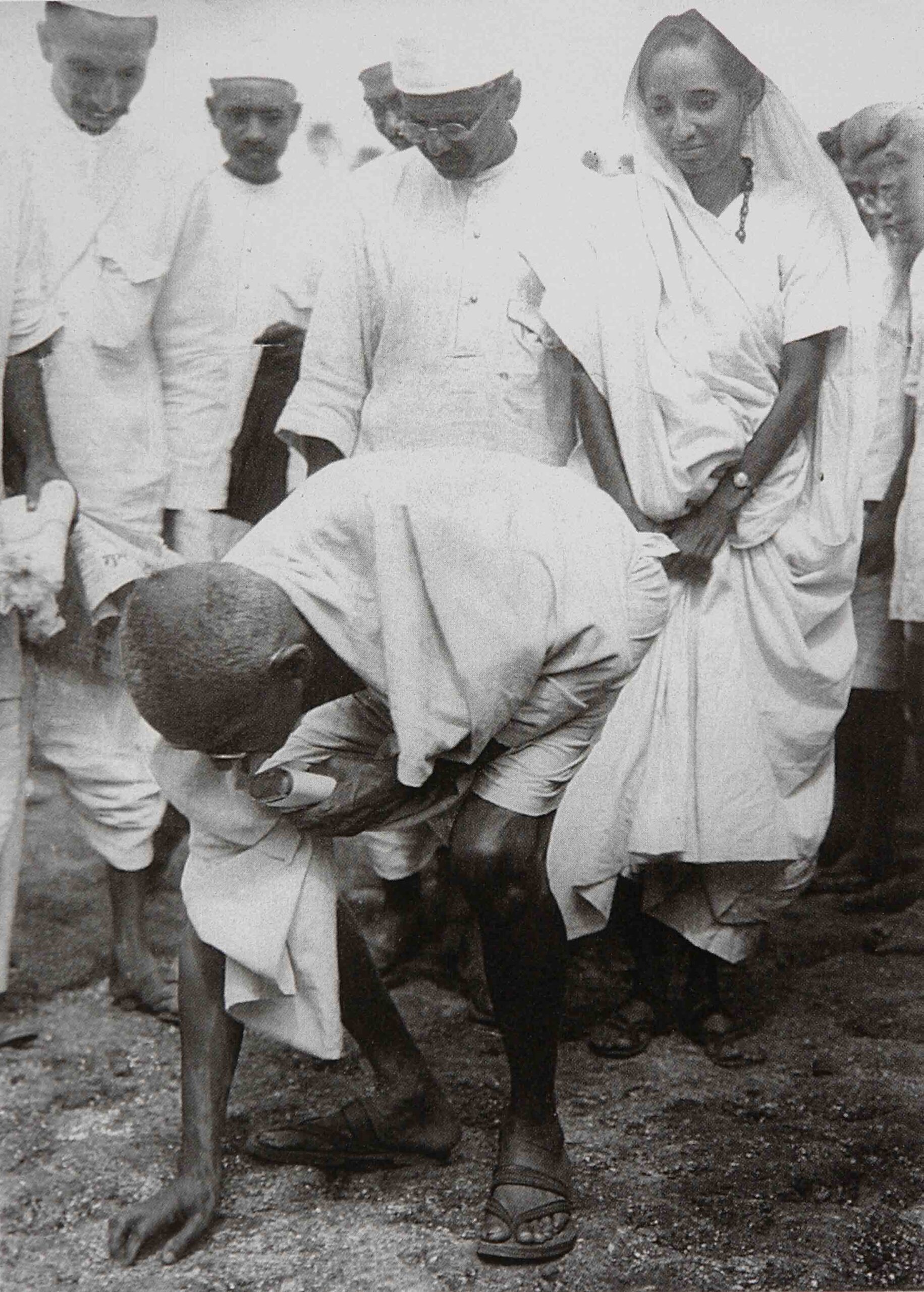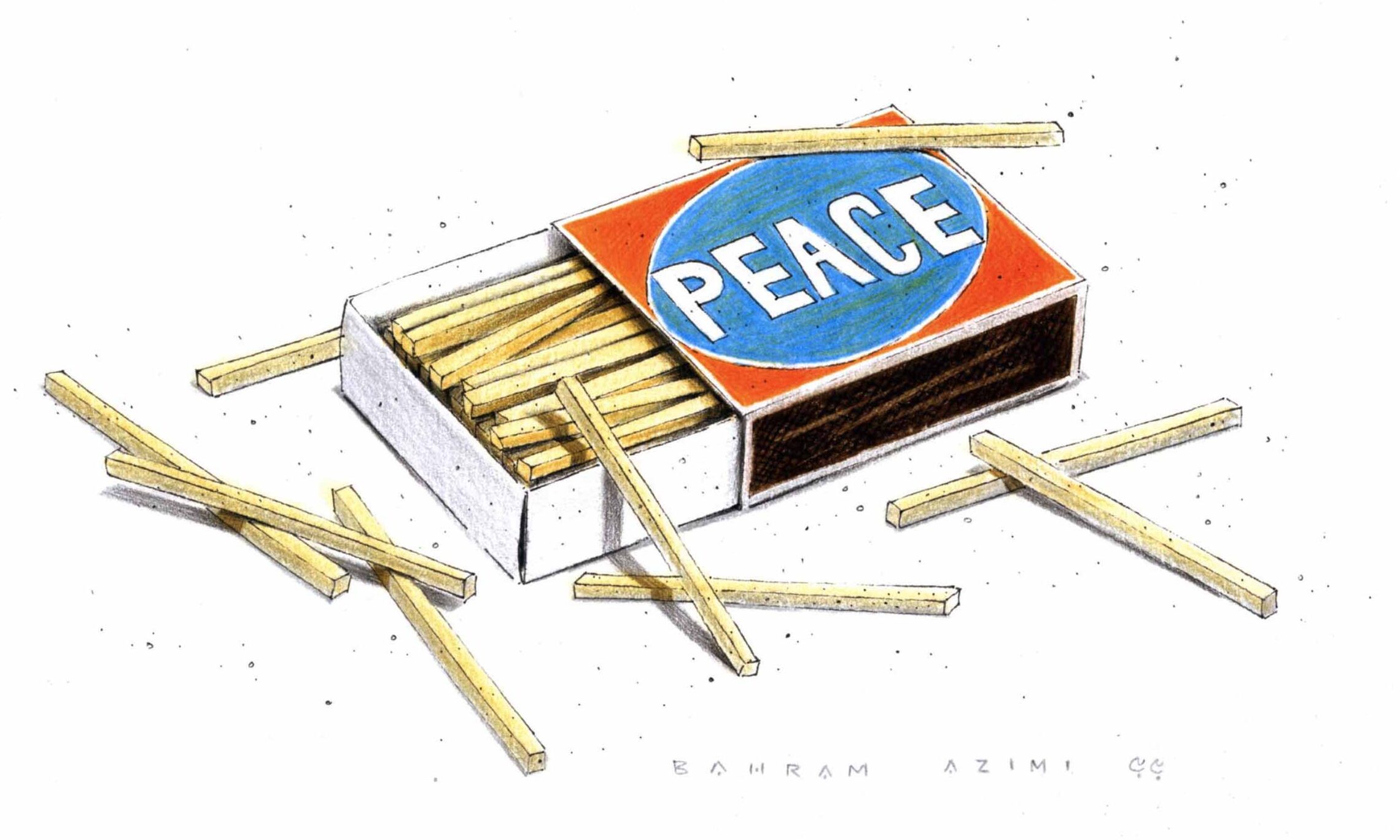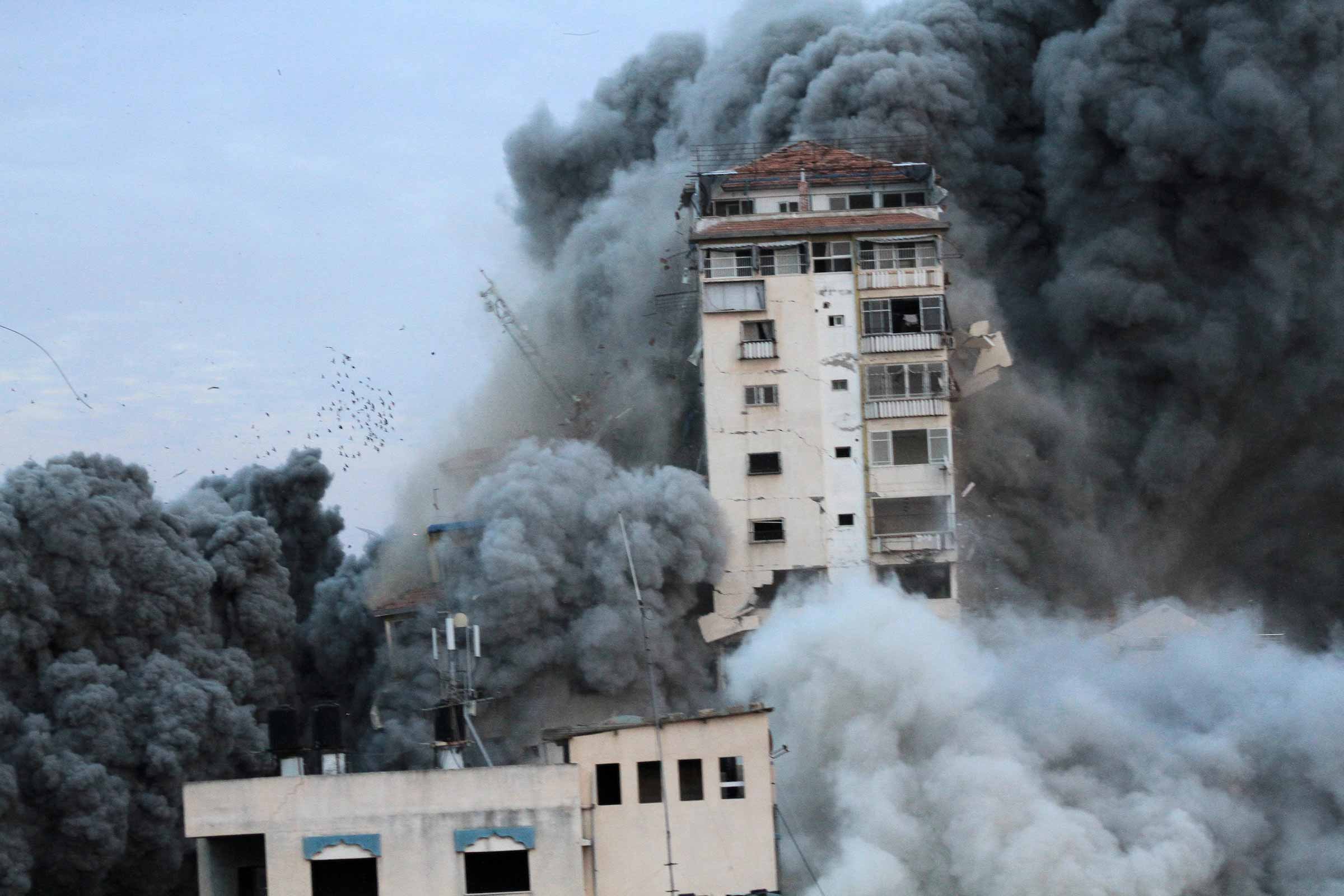For three decades from 1968 to 1998, a violent conflict raged on the island of Ireland. The Provisional Irish Republican Army (IRA) waged an armed struggle against British state security forces. The IRA killed hundreds of British soldiers and police and was responsible for some spectacular attacks such as mortar bombing 10 Downing Street, the offices of then British Prime Minister John Major, and bombing the British Conservative Party conference at Brighton, narrowly missing then Prime Minister Margaret Thatcher.
The British security apparatus responded with a full-scale military occupation of Nationalist areas in the North of Ireland, internment without trial, torture, censorship, a shoot-to-kill policy against Irish militants and the subjugation of the legal system to a repressive agenda. During this period, the small area of Northern Ireland was probably the most closely surveilled place in the world. Irish Nationalists were subject to frequent searches, house raids, and harassment by British troops on a daily basis. In 30 years of violence, some 3,720 people were killed and almost 48,000 injured.
The roots of the struggle lay in the centuries-old national liberation struggle of the Irish people and the fact that after an intense politico-military struggle in the early 20th century, Britain granted independence to only a portion of the island of Ireland and kept control of the industrialized north-east corner, creating the statelet of Northern Ireland. This area was designed to guarantee a permanent majority for the Loyalist/Unionist community, descendants of 17th-century colonists who had seized land from the native Irish and were loyal to the link with the United Kingdom. The Irish Catholic Nationalist community was denied housing, jobs and political power. Northern Ireland was essentially an apartheid state based on discrimination and sustained by repression.
In the late 1960s, when the Nationalist community marched peacefully for civil rights, they were brutally repressed by the state. The Nationalists fought back and reorganized the largely dormant IRA, which launched its armed campaign. Irish Republicans demanded a British withdrawal and a united Ireland. The British state and the local Unionist community wanted to keep Northern Ireland part of the United Kingdom and maintain Unionist supremacy. After a crescendo of violence in the early 1970s, the IRA settled in for a long war, and the situation became a stalemate.
The IRA could not force a British withdrawal, and the British state could not crush nationalist resistance. The situation was regarded by many outside pundits as intractable and impossible to resolve. These so-called experts were confounded when in 1998, the Good Friday Agreement (GFA) was signed by the British and Irish governments as well as most political parties in the North of Ireland. It was also endorsed by referendums in the Republic of Ireland and the North. How did this sea change come about? How were seemingly deadly enemies able to sit at a table and come to an agreement that has now lasted over 25 years and brought major changes to Irish society?
The Good Friday Agreement was the result of a long process of both secret and public negotiations and discussions. The earliest stages began with the initiative of Sinn Féin leader Gerry Adams holding talks with a moderate Nationalist leader, John Hume, to try to find a way to break the cycle of violence. The next stage involved secret meetings with Irish government representatives to form a pan-nationalist alliance to pressure the British government to agree to negotiations and bring Unionist political leaders to the table.
Sinn Féin also sought to mobilize and involve the Irish diaspora in North America to get the US and Canadian governments to pressure the British government. It is also worthy of note that Adams consulted with the African National Congress (ANC) leader Nelson Mandela for advice on negotiating and bringing supporters into the process.
In August 1994, the IRA took the courageous step of announcing a complete ceasefire and a cessation of all military actions. This was a risky move as some rank-and-file militants were opposed to laying down arms. Adams and former IRA commander Martin McGuinness risked their political credibility and even their physical safety by proposing this initiative and convincing the IRA to implement it. Fortunately, they were able to bring their base with them in seeking a political path out of the military impasse. It took four years of intense and sometimes agonizingly slow negotiations from the IRA ceasefire to the signing of the Good Friday Agreement, which brought an end to armed conflict and opened the way for political progress.
The Good Friday Agreement was a complex document composed of three major strands: internal political arrangements in the North of Ireland, political relations between the Northern Ireland Assembly and the Irish government, and relations between Ireland and the British government. It was endorsed by both the US government and the European Union. The Northern Ireland Assembly was re-established, and a complex system of power sharing was instituted. Thus, the largest Unionist party and the largest Nationalist party are required to share power, and the leaders of these parties hold the positions of First Minister and Deputy First Minister. One of the core principles of the agreement is parity of esteem, so the Irish Nationalist community is guaranteed equality.
While not yet delivering Irish unity, the Good Friday Agreement has succeeded in demilitarizing the situation and facilitating a process of decolonization. In 2024, a political earthquake happened when Sinn Féin deputy leader Michelle O’Neill became First Minister for the Northern Ireland Assembly, and Sinn Féin became the largest political party. Thus, a state whose only raison d’être was guaranteed Unionist supremacy now has a pro-unity Irish Nationalist party at the head of the government. Today, Irish unity is not simply an aspiration but a realizable goal. Within the next decade, the centuries-old British colonial presence in Ireland may finally be undone, and a new united Ireland brought into being. While not a blueprint for resolving other conflicts, the Irish peace process offers valuable lessons and serves as an inspiration for those struggling for justice and peace.
Sinn Féin’s director for North America, Ciaran Quinn, agreed to answer some questions about the Irish peace process, the challenges of conflict resolution in Ireland, and potential lessons for other struggles.

KC: What was your involvement in the Good Friday Agreement negotiations?
CQ: I was young at the time and was not directly involved in the negotiations. I was working in the community sector and was involved in several campaigns on specific issues related to the negotiations such as the release of prisoners incarcerated for paramilitary activity and reform of policing. When Sinn Féin was temporarily excluded from negotiations, I campaigned with a group called Peace Through Dialogue to push for all-inclusive negotiations.
I was very active in consulting our community and helping to develop policies on socio-economic and human rights issues to bring to the negotiating table. This groundwork of consulting our base and articulating realistic demands based on what people wanted was crucial in developing our negotiating strategy.
What was the spark or rather initial factors that got the Irish Peace Process off the ground?
I remember hearing Gerry Adams talking at an event at the American ambassador’s office, and he said he began writing about peace in the early 1980s, but the problem was at that time no one was listening or talking to the Irish Republican Movement. The hunger strikes of IRA prisoners in 1981, when IRA prisoner Bobby Sands was elected to Westminster as an MP while dying on hunger strike, had opened our eyes to the possibility of a political path forward.
There was a growing realization within Republican leadership that a mass movement combined with electoral politics could move the struggle forward. Then it was a matter of convincing other political leaders such as John Hume that if violence was to end, there needed to be talks that included the Republican Movement. There could not be a solution without one of the main actors being involved. Also, it became clear that international opinion was crucial to furthering the peace process.
What were the biggest challenges the Republican Movement, which wanted major changes to the status quo, faced in negotiating the Good Friday Agreement?
I think the biggest issue facing us in this process was the vital need to keep the movement together and maintain cohesion and unity. That meant that sometimes progress was very slow, and there were a lot of internal discussions within our community to formulate realistic goals. The other big challenge was building international support because it was obvious that the British government was not going to unilaterally or willingly engage in peace talks. We needed outside support, and we found that in Europe, the US and Canada.
In any negotiation, some of the hardest work takes place outside the negotiating room. It is a whole process of shaping the framework of the negotiations and building public support. This takes me back to what I said before about my being involved on the ground in clarifying community expectations and demands in terms of issues like policing and prisoner release. This had to be done seriously. Then the negotiating team could go into the room knowing they had popular support, and that gave them a clear direction in the talks. The biggest challenge for Republicans internally was maintaining cohesion. Externally, it was moving the position of the Brits and the Unionists—to do this, building international support was key.
The Good Friday Agreement is now over 25 years old. What has been achieved and what remains to be done?
When we look at the Good Friday Agreement, there were some immediate changes that took place in the first few years. We had all prisoners released within two years. The whole issue of demilitarization was massive. British troops were taken off the streets and the forts and military bases were dismantled. We got to work right away building a new non-sectarian police force. The Good Friday Agreement asserted the primacy of politics and changed the course of history. Twenty-five years on, we now have a Sinn Féin first minister in the Northern Ireland Assembly, and Sinn Féin, once a banned and censored party, is now the largest political party on the island of Ireland. The Unionist majority in the North is now gone, and we have a whole young generation that has grown up not knowing conflict.
The key thing is that the North is a changed society, and that change is positive. There are still outstanding issues because change is a process and does not happen overnight. The Good Friday Agreement created the conditions for change to happen. It is not a settlement. It is a process for settling political differences past, present, and future. The main outstanding issue in my view is Irish unity. The Good Friday Agreement allows for referendums on unity and the realization of the transformational potential of a new united Ireland. While we are still dealing with the legacy of the conflict and issues like policing and the safeguarding of the Irish language, the core issue remains the right to national self-determination for the Irish people. That is the ultimate game changer in dealing with the other smaller specific issues.
Can the GFA be a model for other groups seeking to resolve conflicts? What are the major lessons it offers?
You cannot just take the Good Friday Agreement and try to impose it on another conflict situation, but there are lessons that can be helpful. Irish Republicans have met with groups and actors in other conflicts to tell our story and share our experience. It was Nelson Mandela who told our leadership that the hardest negotiations are sometimes with your own people and how crucial it is to maintain unity.
We had a lot of help from the ANC at the time, and we have shared this message that you have to have unity and clarity when going into negotiations. The other thing we learned is that in any serious peace process, there must be a willingness by all parties to engage in a peace settlement. There must be an acknowledgement that a military victory is not possible or desirable. If you are aiming for a military victory, you are not interested in peace.
I think there are issues for liberation movements in dealing with their expectations and maintaining cohesion. Realistically, getting the international community involved is another important factor. When President Clinton gave Gerry Adams a visa to visit the US and appointed a special envoy to Ireland, [it] meant that the conflict was no longer just an internal issue for the British government. This represented a break of 80 years of US policy where the State Department just followed the lead of Britain. The US [then] developed an independent foreign policy on Ireland with peace at its centre.
The other key thing is that the Good Friday Agreement was not just an agreement between governments. It was endorsed by the people in referendums North and South. At that point, it was not just a political agreement but also a people’s agreement. While our experience is not a solution appropriate for all situations, we believe in offering support where we can help. We have been involved in supporting some successful peace processes in different places like the Basque country, Colombia, and the Philippines. — Ciaran Quinn
Lead photo source: Reddit r/ireland, photo Juda Ngwenya/Reuters, Johannesburg, June 19, 1995
It was Nelson Mandela who told our leadership that the hardest negotiations are sometimes with your own people and how crucial it is to maintain unity.
